We had great fun taking part in our recent STEM challenge. We have been learning about climate change, sustainability and also celebrated Engineers Week 2021. To bring all of our recent learning together we decided to make our own eco racers, test how they operate and race them to see what makes them travel fast and in a straight line. We think eco racers might be the future of car design because their friendly to the environment, not using fuel to operate and can be cheap to make!
Before we got building, we planned our design based on the materials we knew we would be working with. It’s important to take time to consider the design of your project and ask questions about what we wanted to find out. Planning also gives us a chance to make adjustments to our designs and ask each other for help and suggestions should we need it.
After we planned the design of our eco racers we took a look at the materials we had to work with. They were simple and we wondered if we’d be able to make our racers move quickly and how we would control the direction they travelled in. We were happy to know that each student was going to work with the exact same materials.
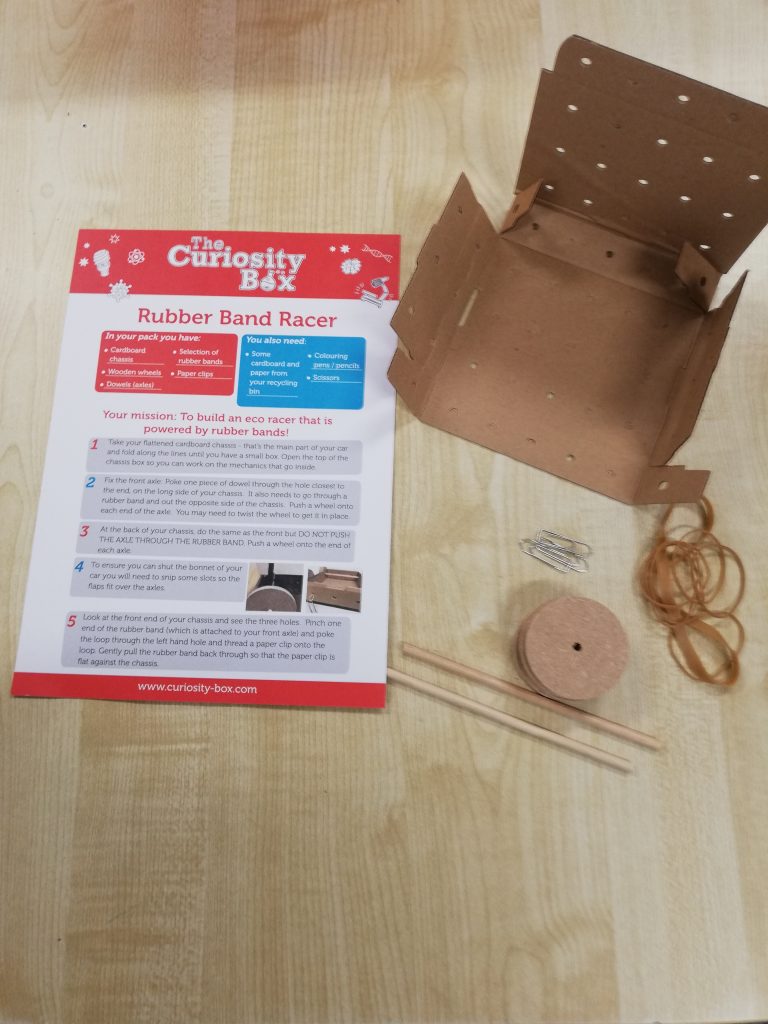
Then we began to follow the instructions and made some changes if we felt they were needed. For example, some students adjusted the position of the ‘car’/ cardboard box placing it vertically and not horizontally to work with.
Making the eco racers proved more challenging than we originally thought it would be but we persevered as we know that engineers and scientists are faced with lots of challenges when they are designing and creating new objects.
We learned a new word – ‘chassis’ – and some of our class explained that this refers to the base frame of the car. Fixing the front and back axle required lots of concentration, as did making sure the rubber bands were placed correctly. We knew they would ‘power’ our eco racers so were very careful to make sure we could wind them tightly enough to release enough energy to send our eco racers far!
Testing our eco racers proved to be great fun and we predicted how far we could send them in centimetres and recorded our scores on record sheets. Our school hall became the race track for an afternoon…
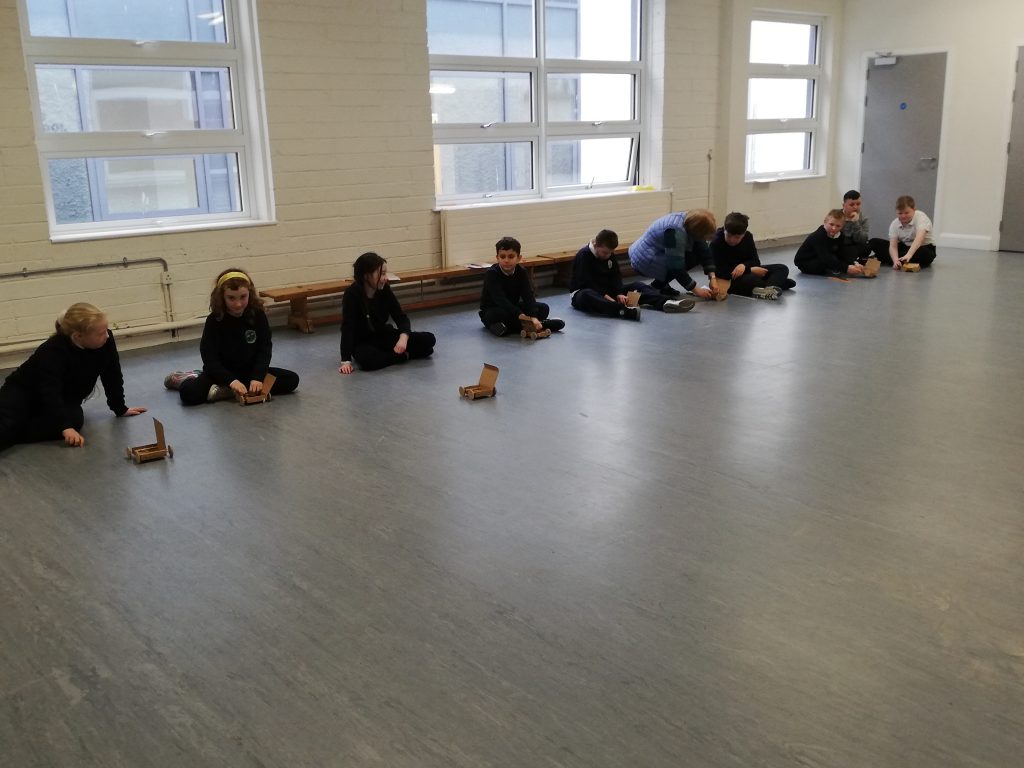
Ready to race! 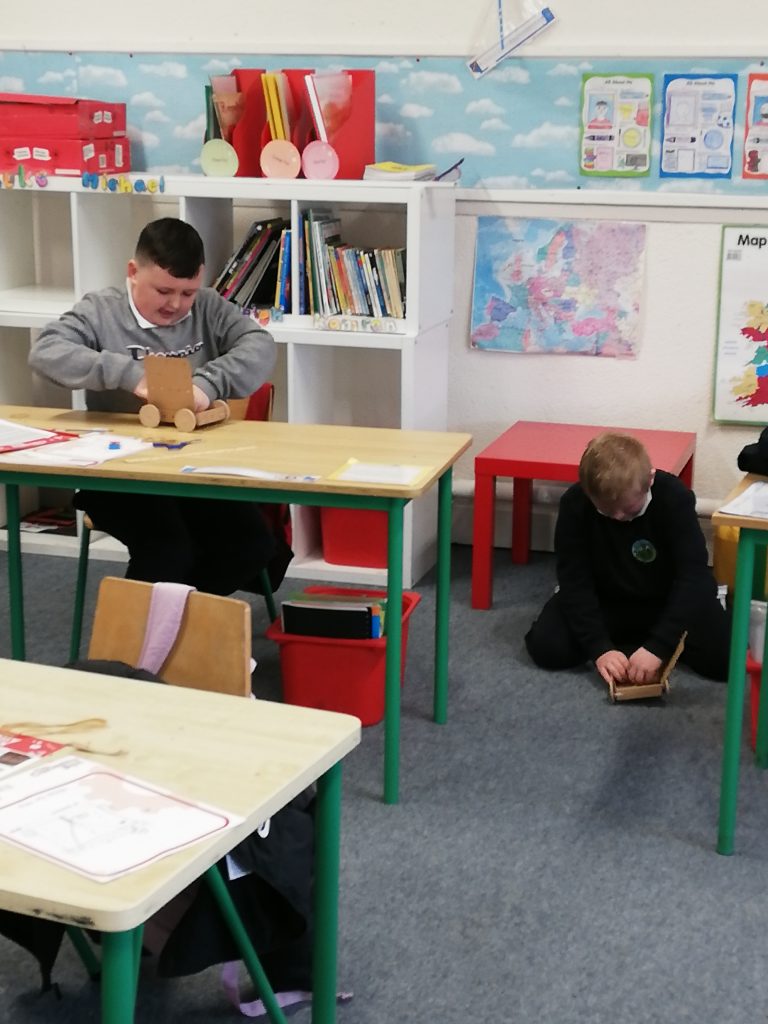
Finishing touches added! 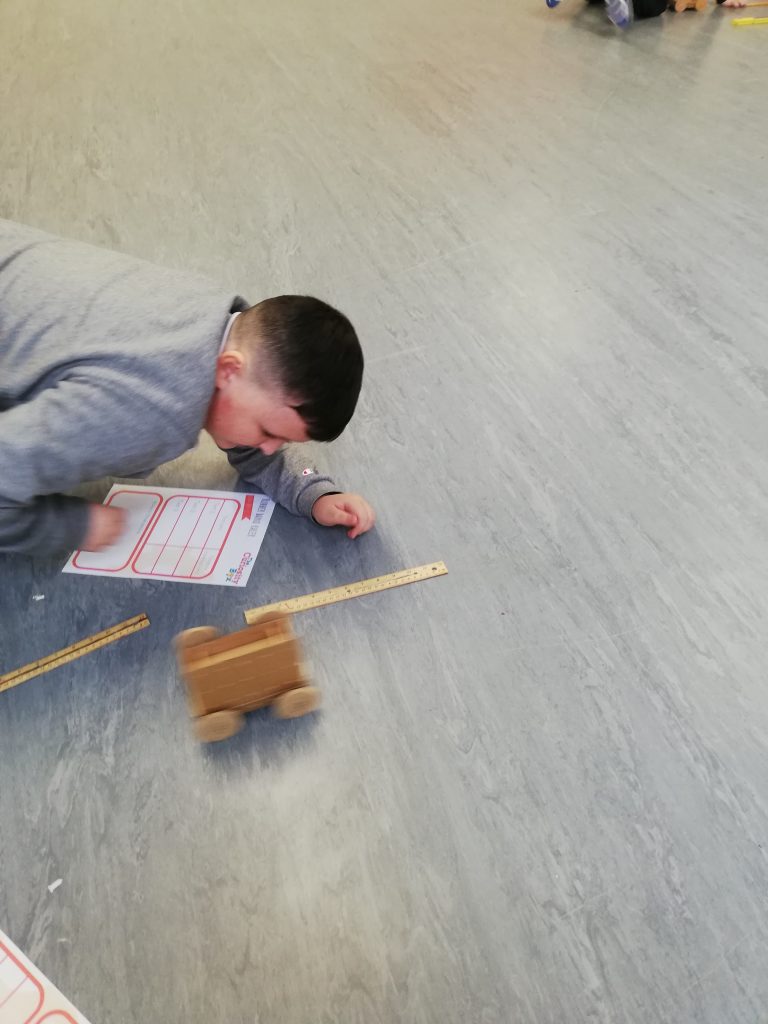
Off to a flying start! 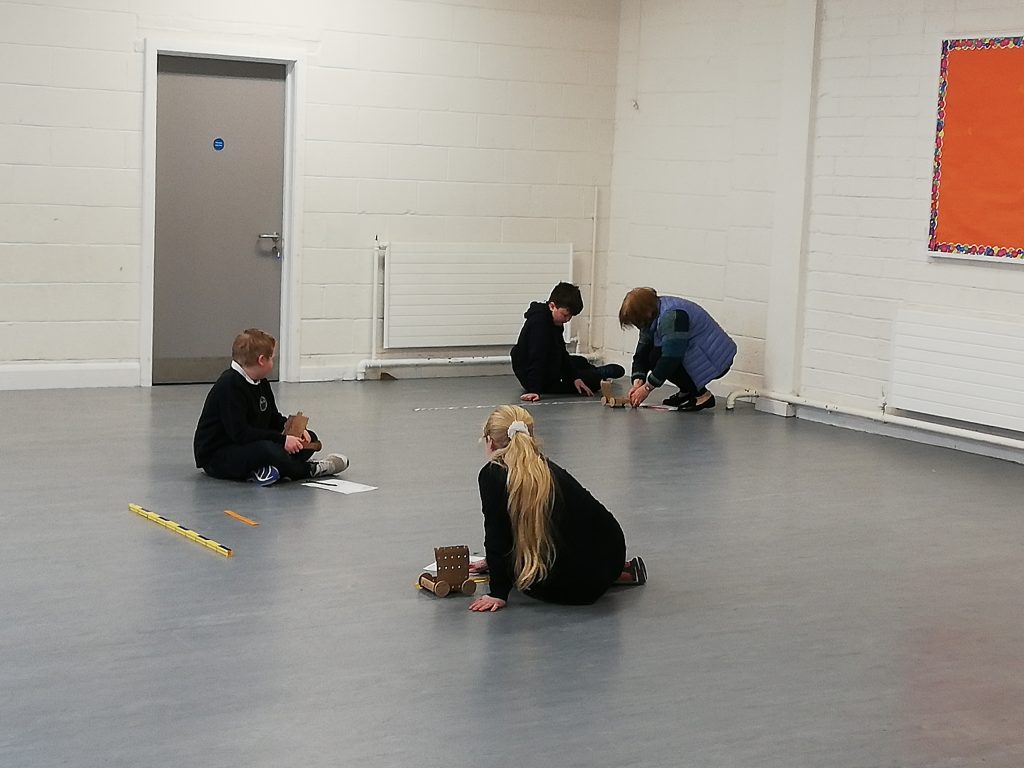
Setting up to race!
We soon noticed that elastic bands are all slightly different. Some are thick, some are thin and some have small faults in them. This meant that we got some variation in how far our eco racers could travel. We had to be careful that we didn’t stretch the rubber bands too much or else they snapped! We also soon realised that our eco racers could reverse as well as travelling forward so we needed to make sure we wound our rubber bands in the direction we wanted to travel.
We concluded that the more turns of the rubber bands we gave our eco racers, the further the car travels. This wasn’t true every time as sometimes the cars tried to move too quickly and ended up skidding and not travelling very far at all! This wheelspin is something that we need to investigate further. We want to try to move our eco racers with lots of different types of rubber bands.
We used metre sticks to measure the distances travelled and were impressed with our findings! We definitely think the cars travelled better in the school hall than they would have in our classroom which has a carpet floor. The greatest distance travelled was 125 centimetres!
We think that eco racers could be made by companies in the future to reduce air pollution and to encourage everyone to make more sustainable decisions when it comes to travel.
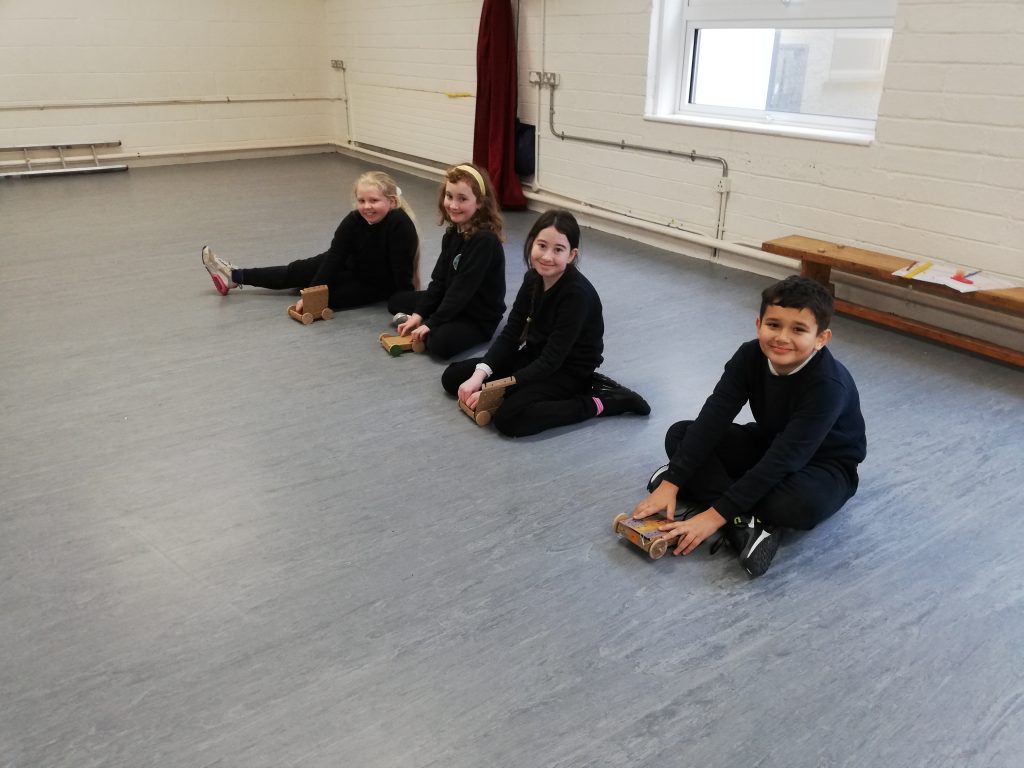
4th class! 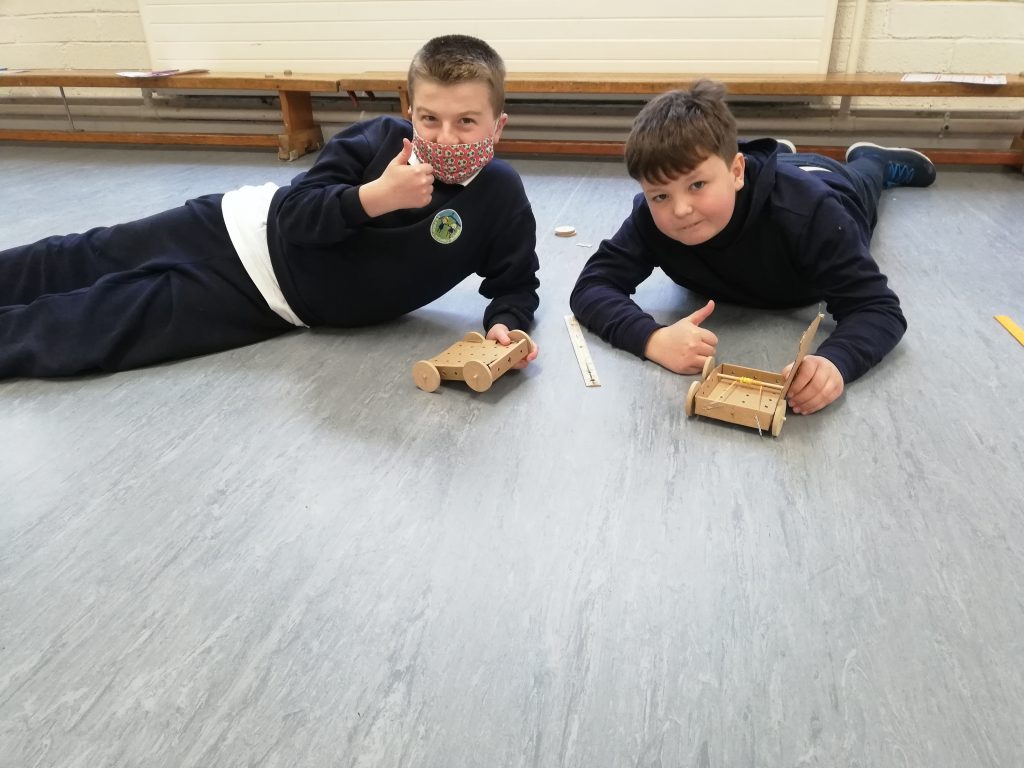
5th class! 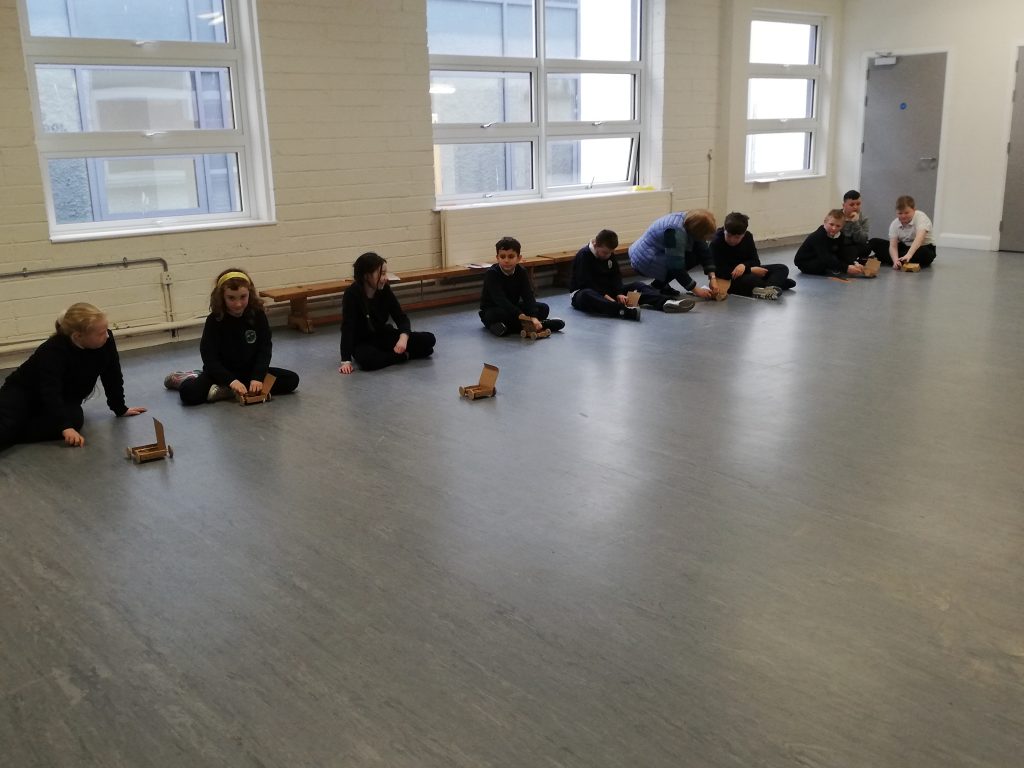
Racing track ready!
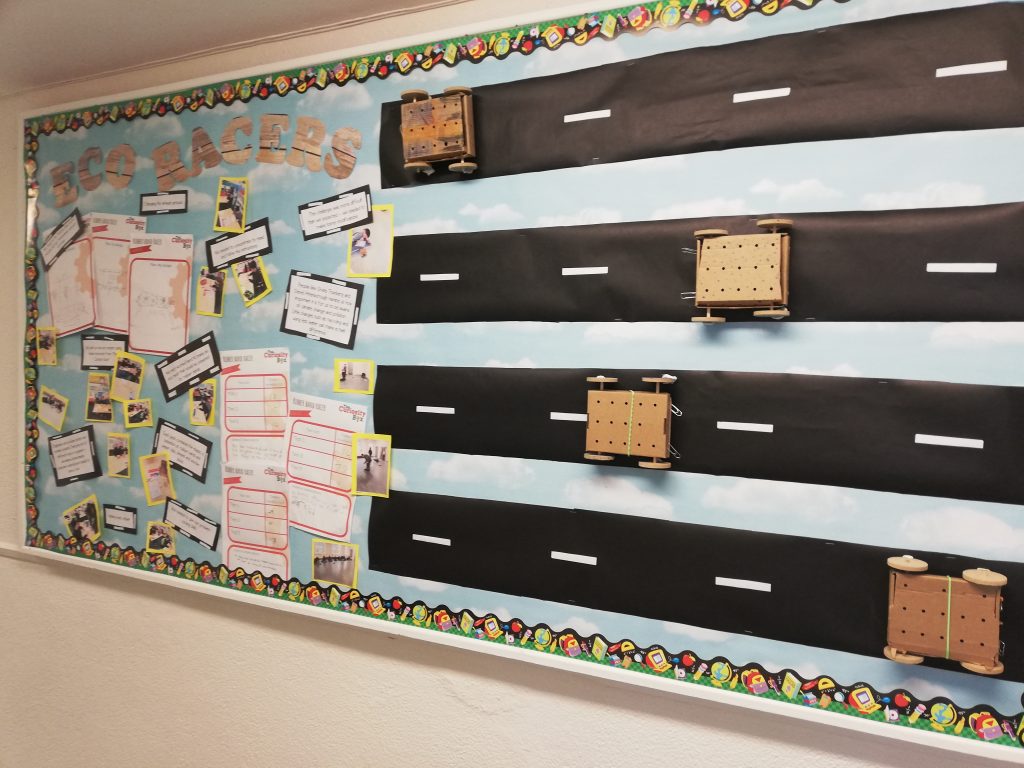

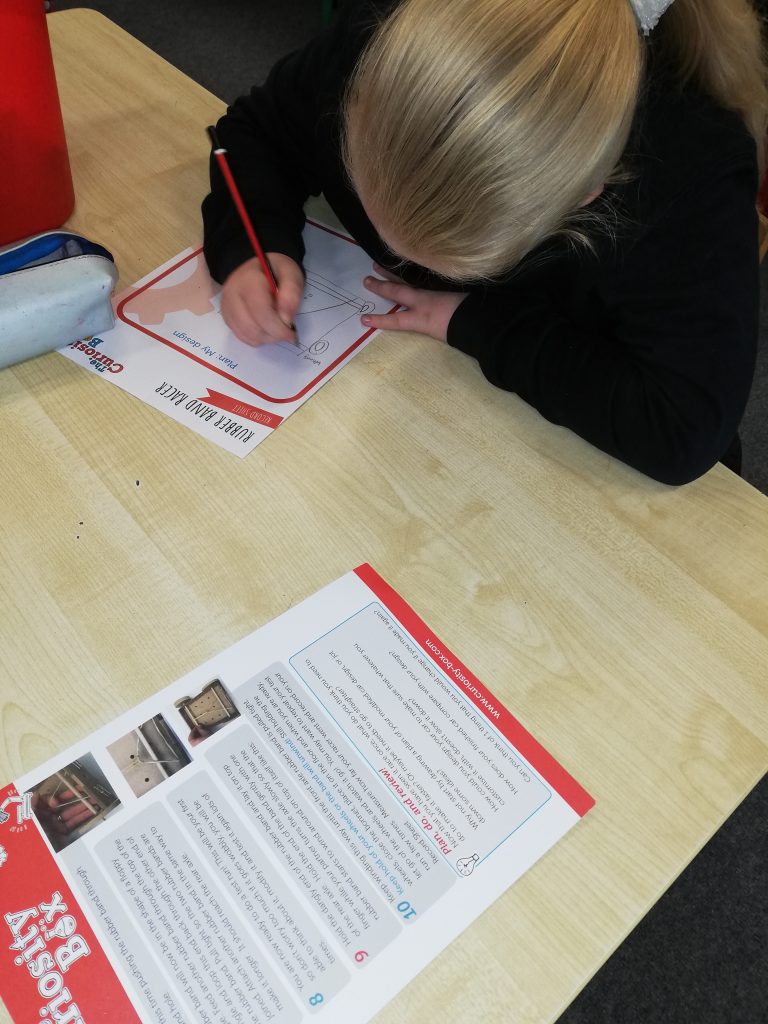
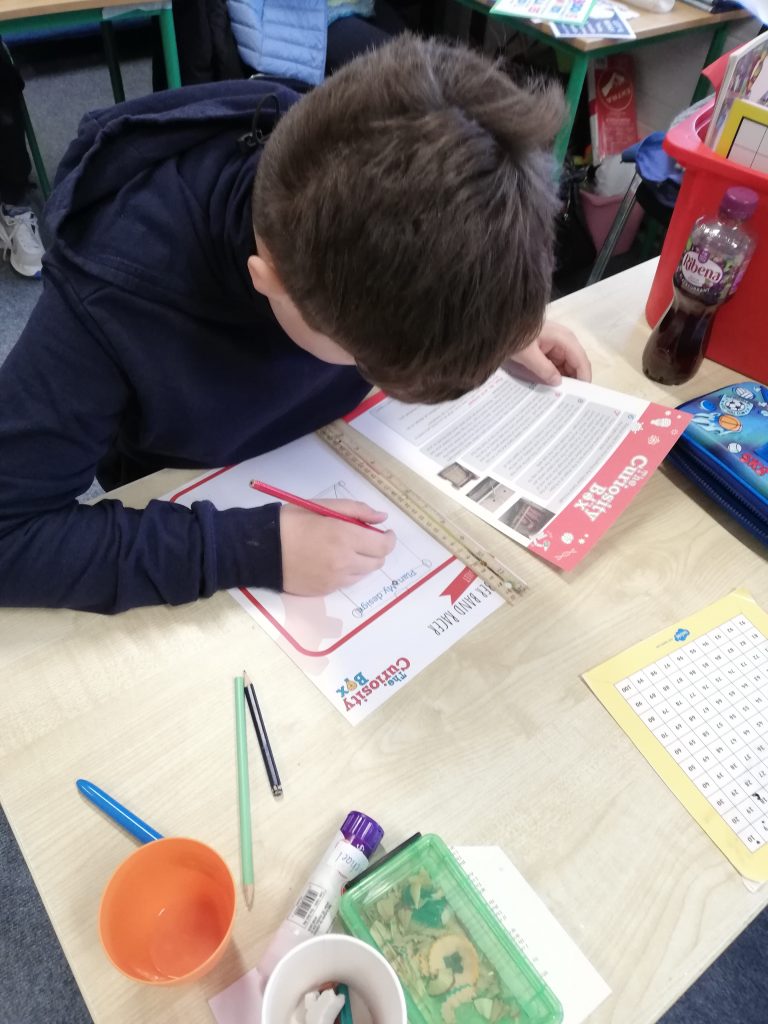
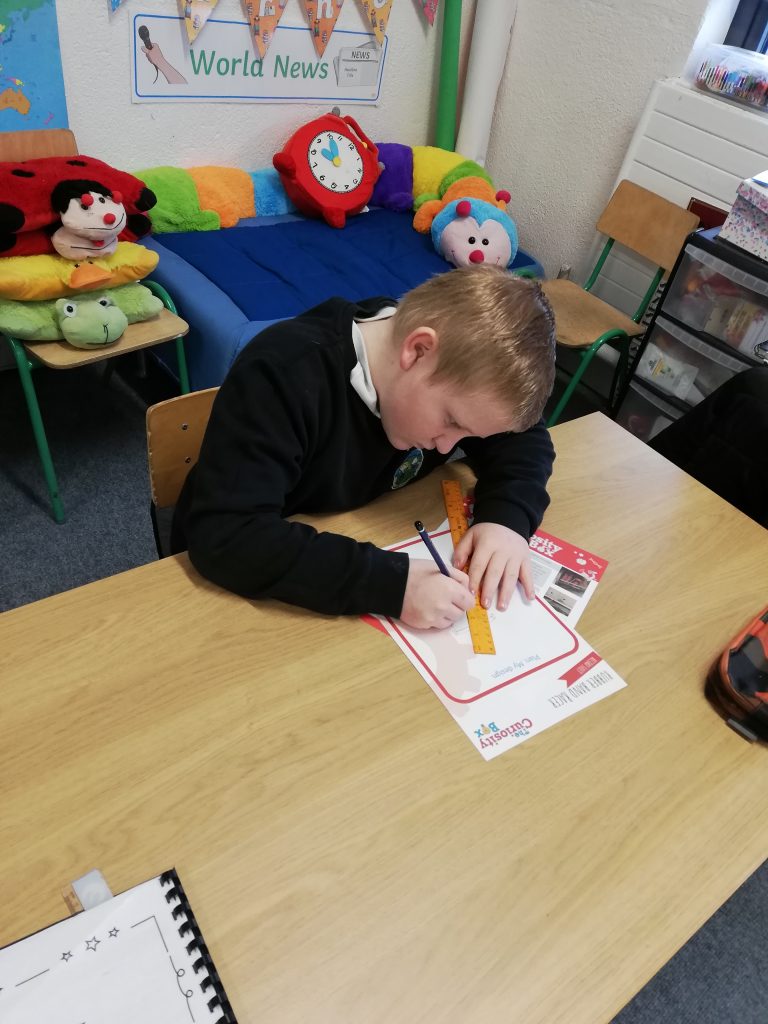


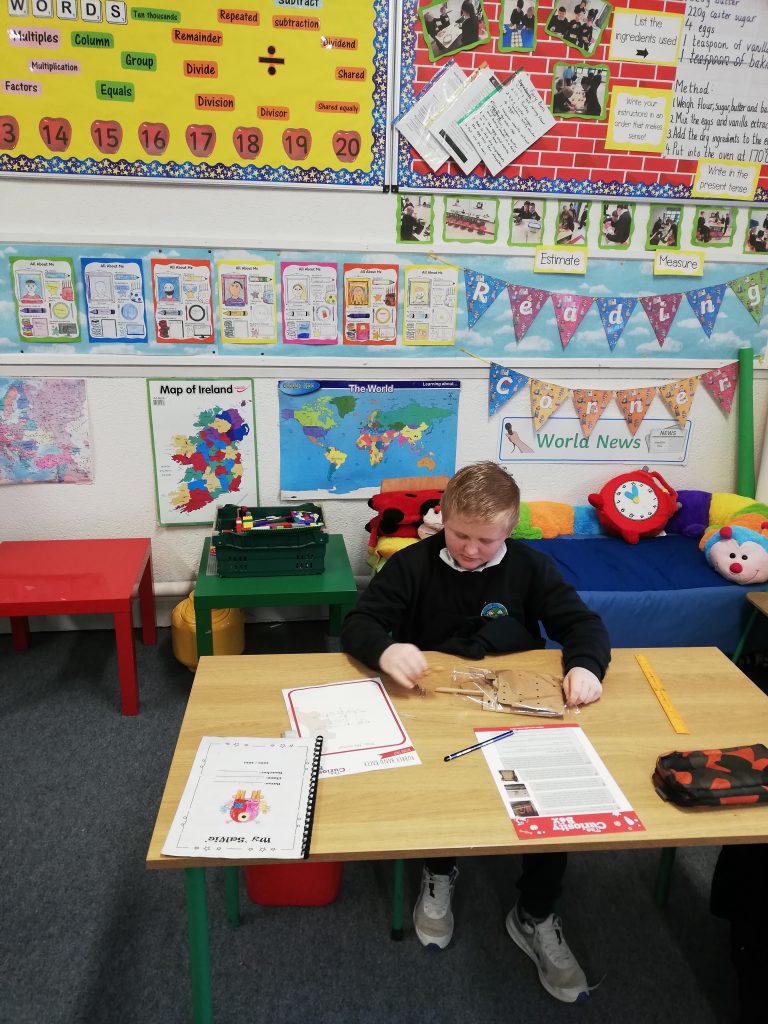
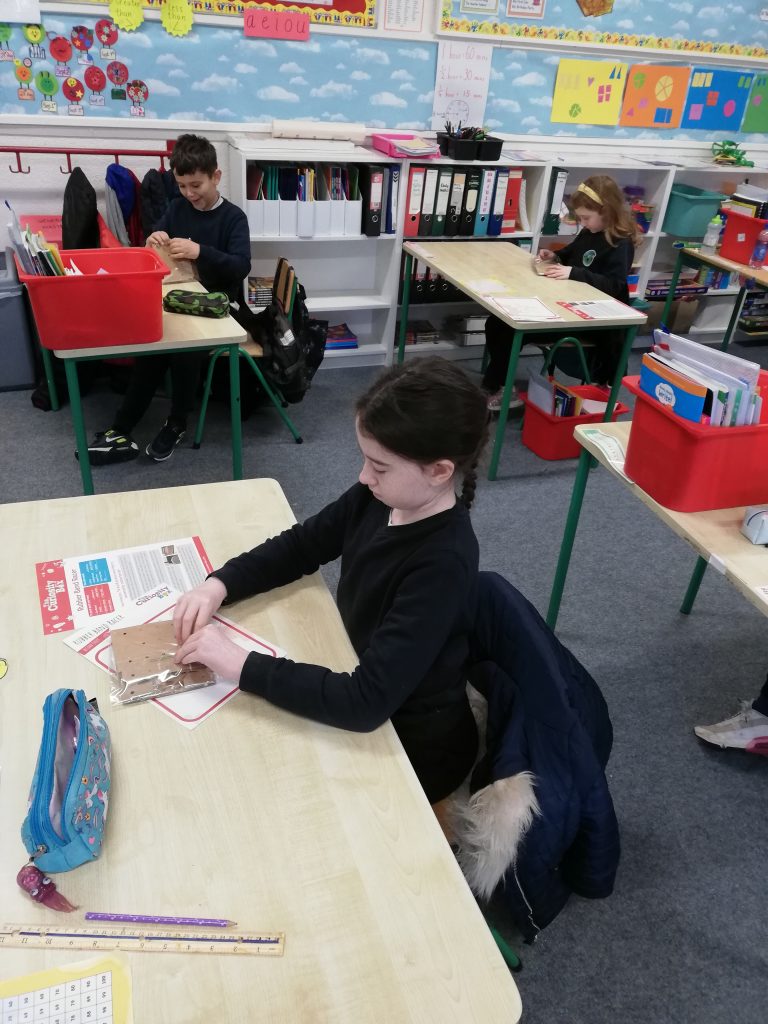
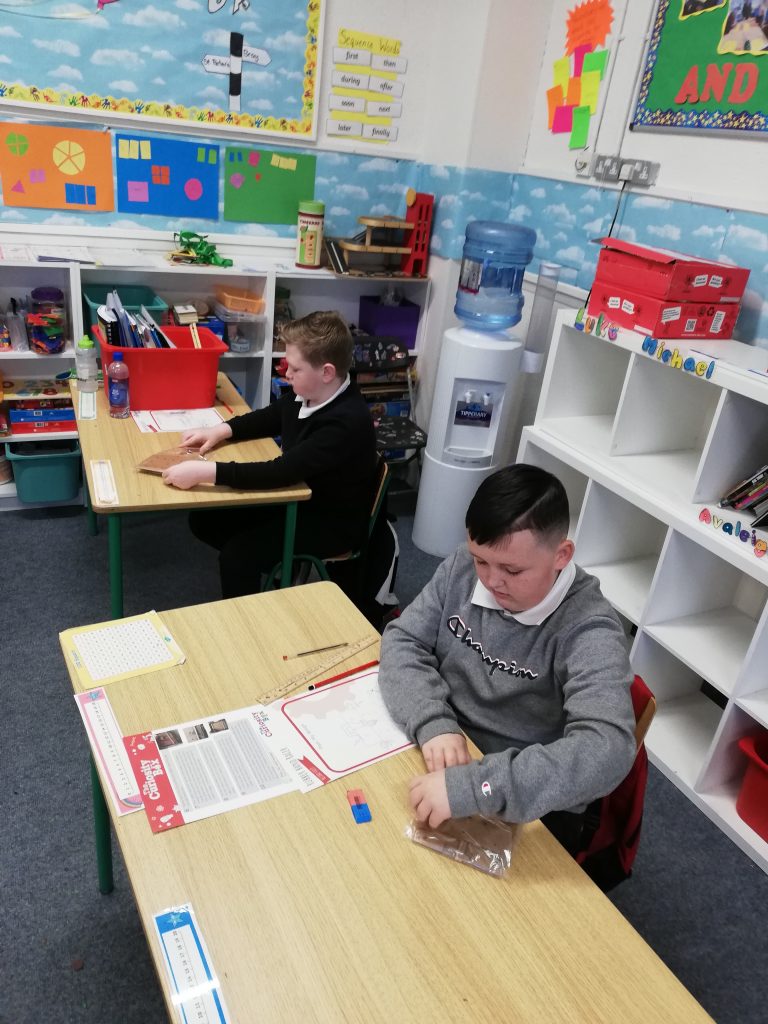
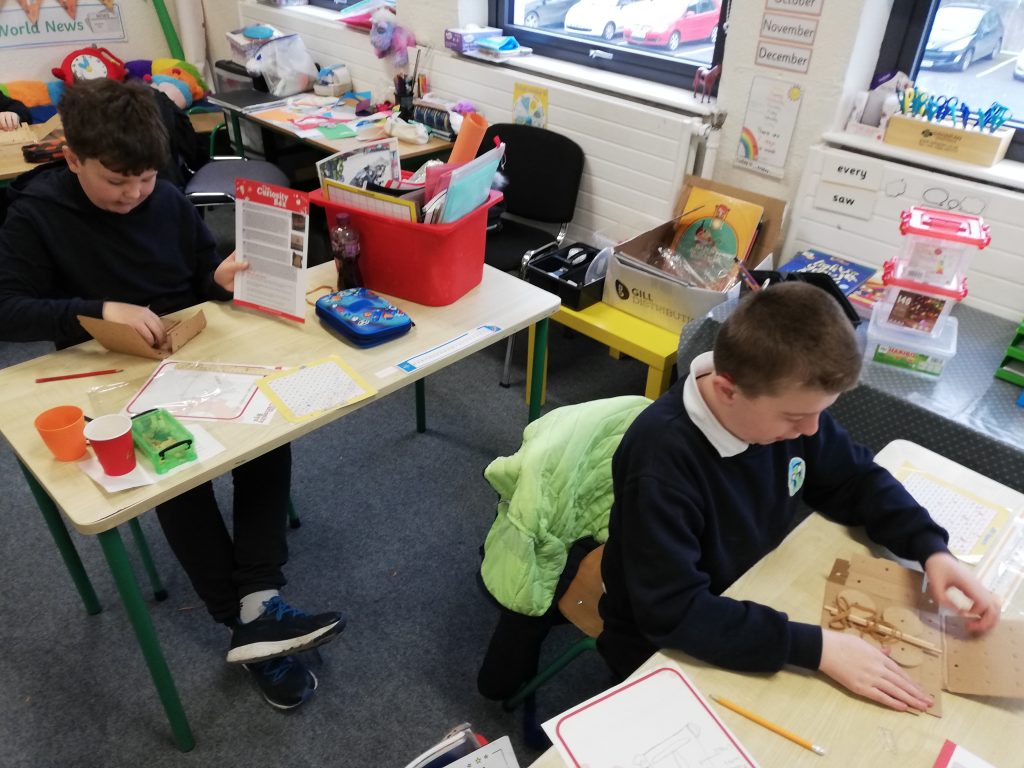
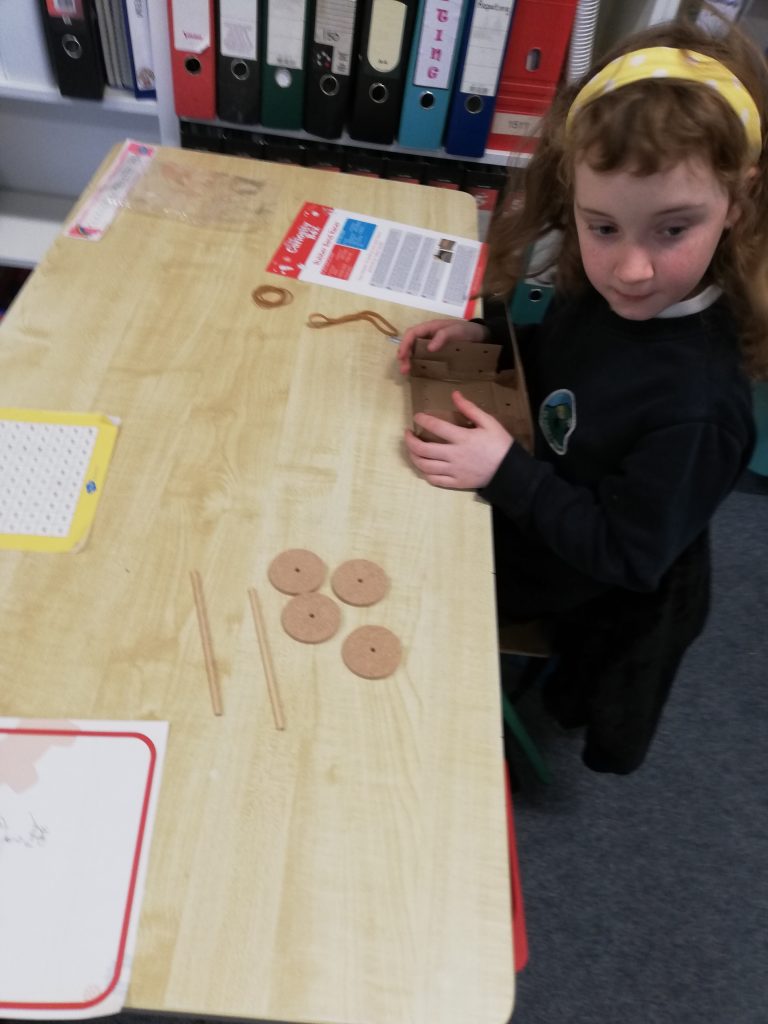
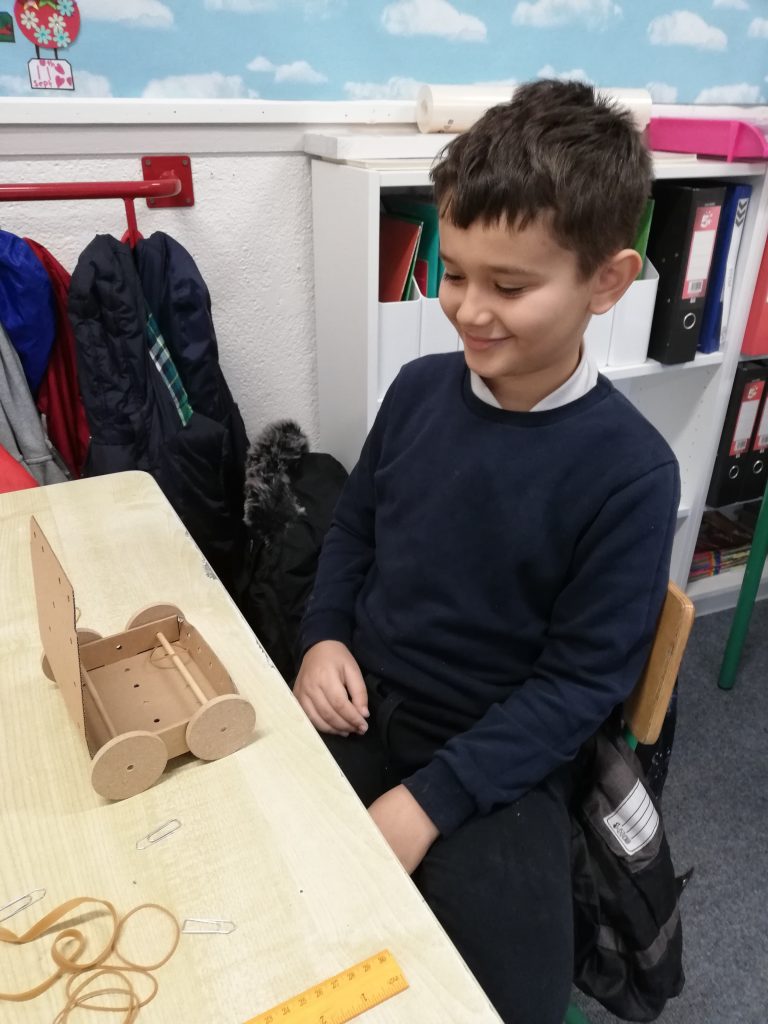
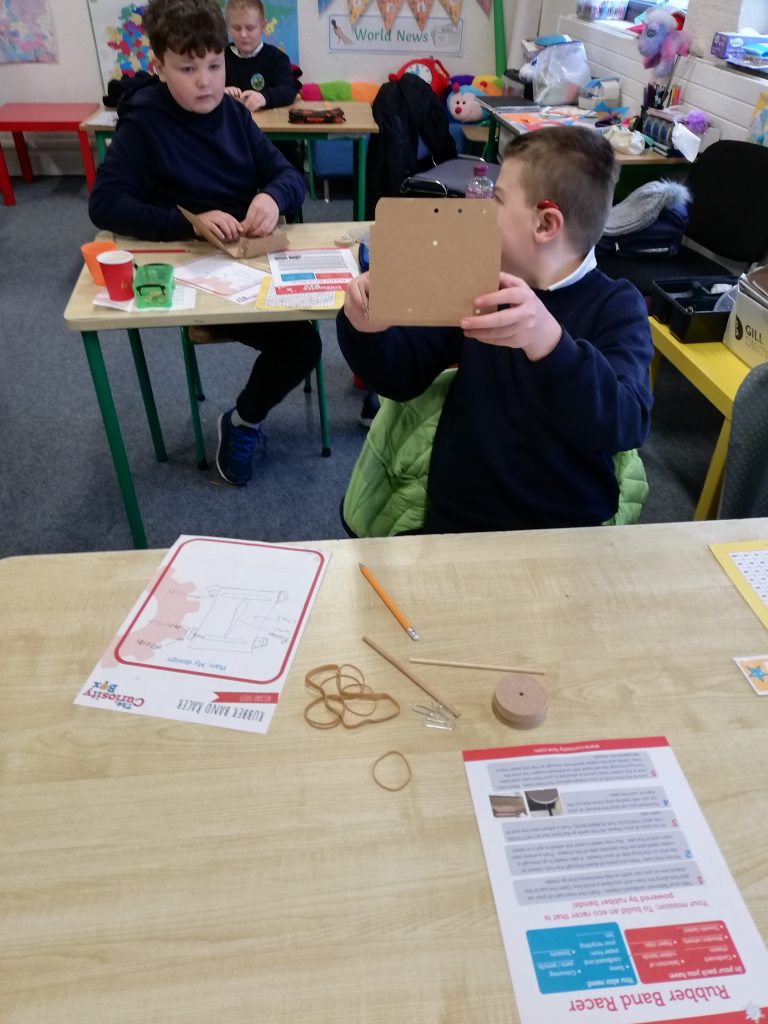
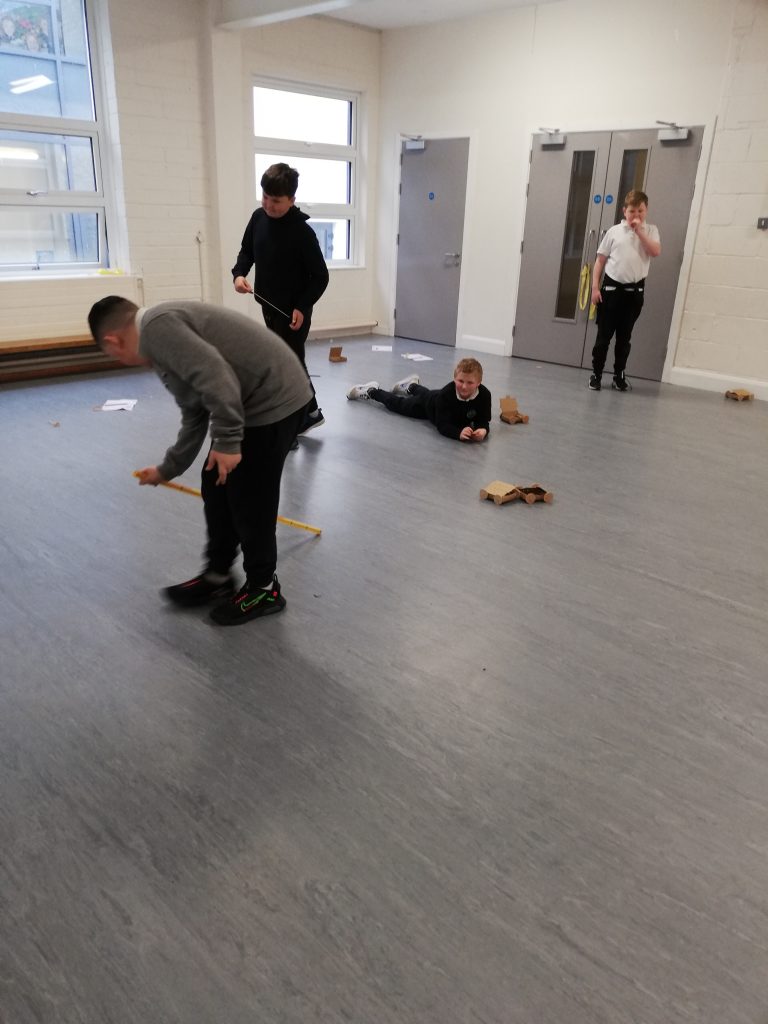
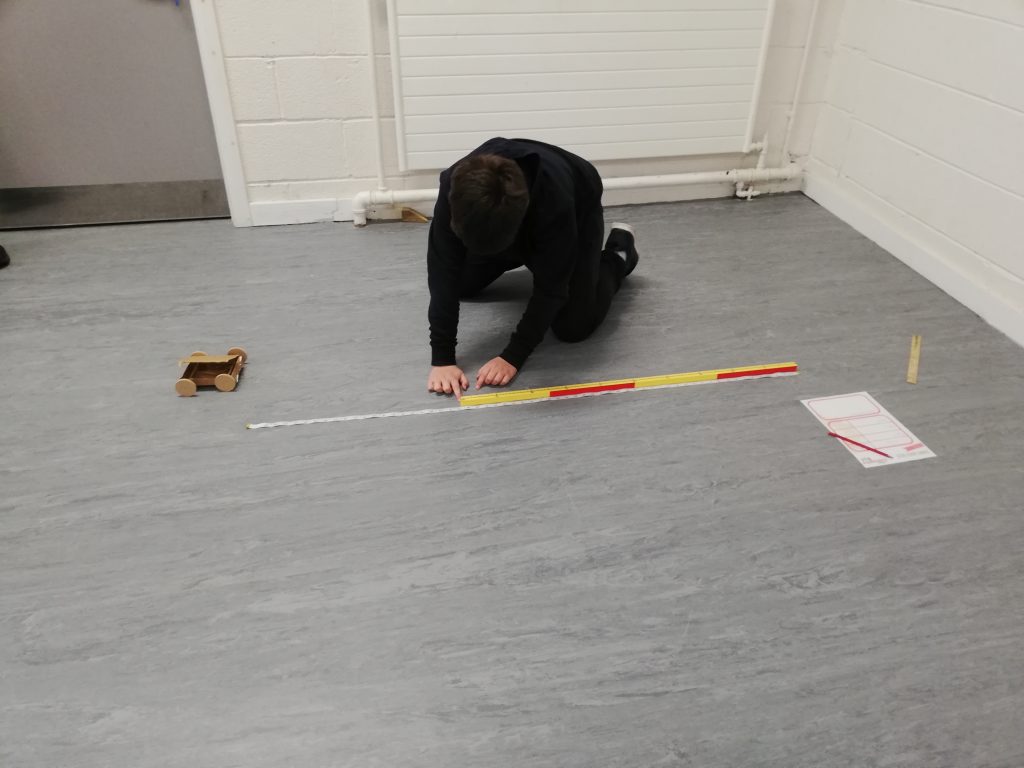







9:48 am on April 13th, 2021
Well done who won lol